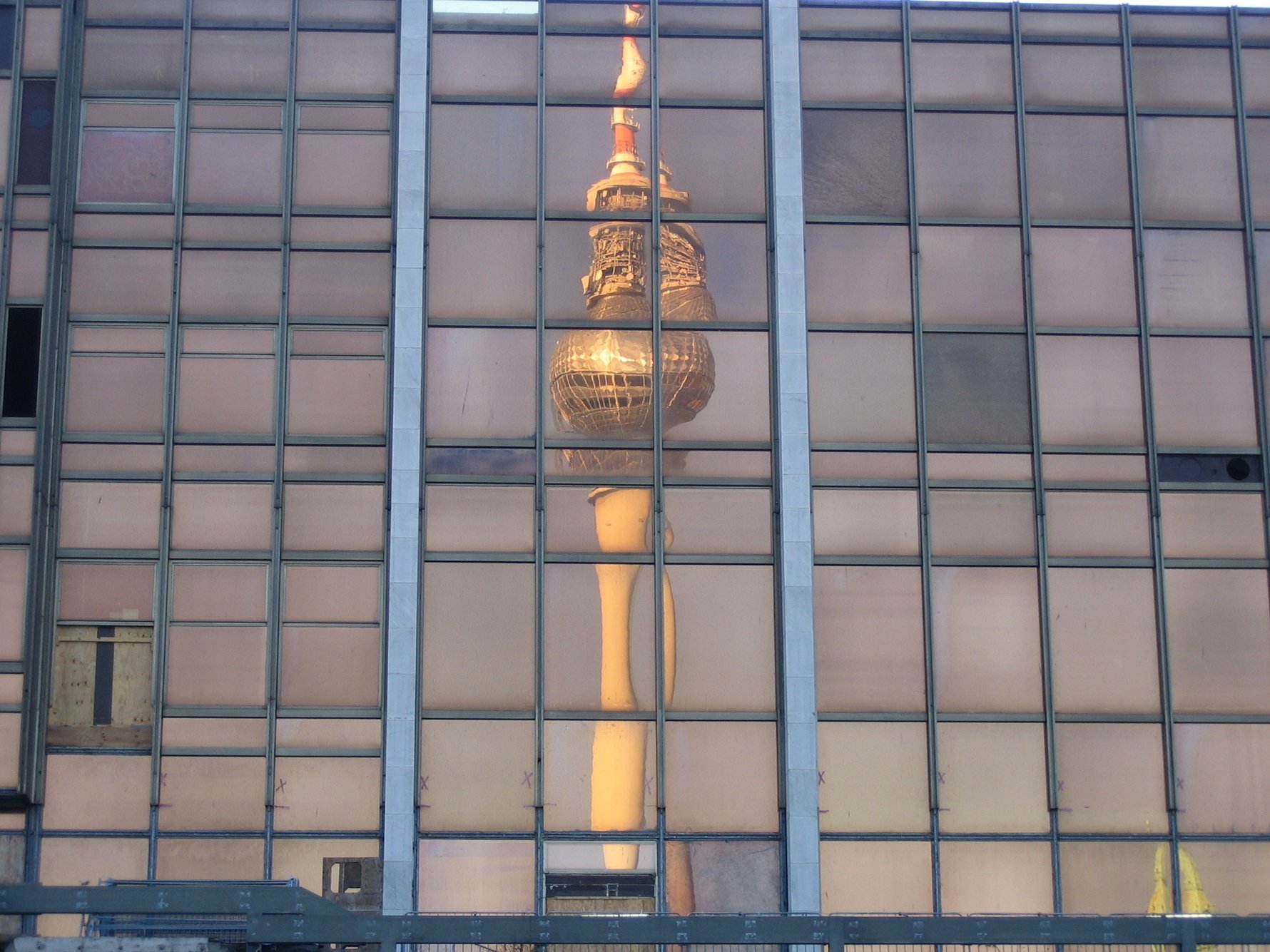
Mitte
Since reunification, the old city centre Mitte (meaning ‘middle’) has rightly snatched back the title of most-visited district from Charlottenburg. On and off the boulevard Unter den Linden are baroque and classical monuments to Prussian culture. The architecturally humbler but more neighbourhood-like Scheunenviertel area allows the casually chic to saunter from courtyard gallery to sidewalk café. Only traces are left of the Jewish community that lived here from the late 17th century, welcomed by the Great Elector Friedrich Wilhelm.Between Mitte and Charlottenburg, the huge Tiergarten park began as the Great Elector’s hunting grounds in the 1600s. Traffic passes through it, doing a dosey-doe around the Siegessäule victory column. The Straße des 17. Juni leads east to the Brandenburger Tor; just south of it are the state museums of the Kulturforum and the Potsdamer Platz district with its soaring corporate buildings.
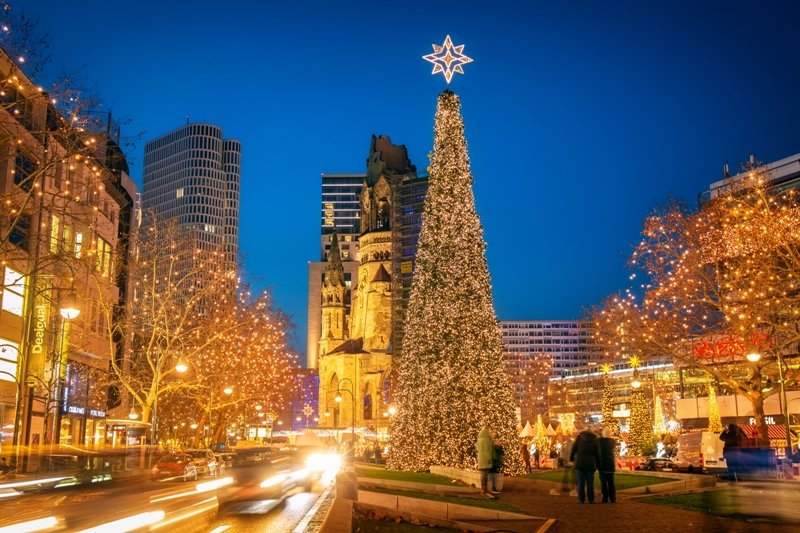
Charlottenburg
If 'downtown' to you means wide, traffic-filled streets, crowds of shoppers, five-star hotels and tall buildings, then Charlottenburg comes closest to fitting the bill in Berlin. Bombed in the war and built anew in the 1950s, the ruined Kaiser-Wilhelm-Gedächtniskirche church is the nexus of activity. Follow what becomes an increasingly silken ribbon down Kurfürstendamm (Ku’damm) and the setting becomes more genteel. West Berlin’s young scene meets in the bars and cafés branching off Savignyplatz even if the Szene has moved east. Nearby but isolated from the hoi polloi is Schloss Charlottenburg, the residence of King Friedrich I.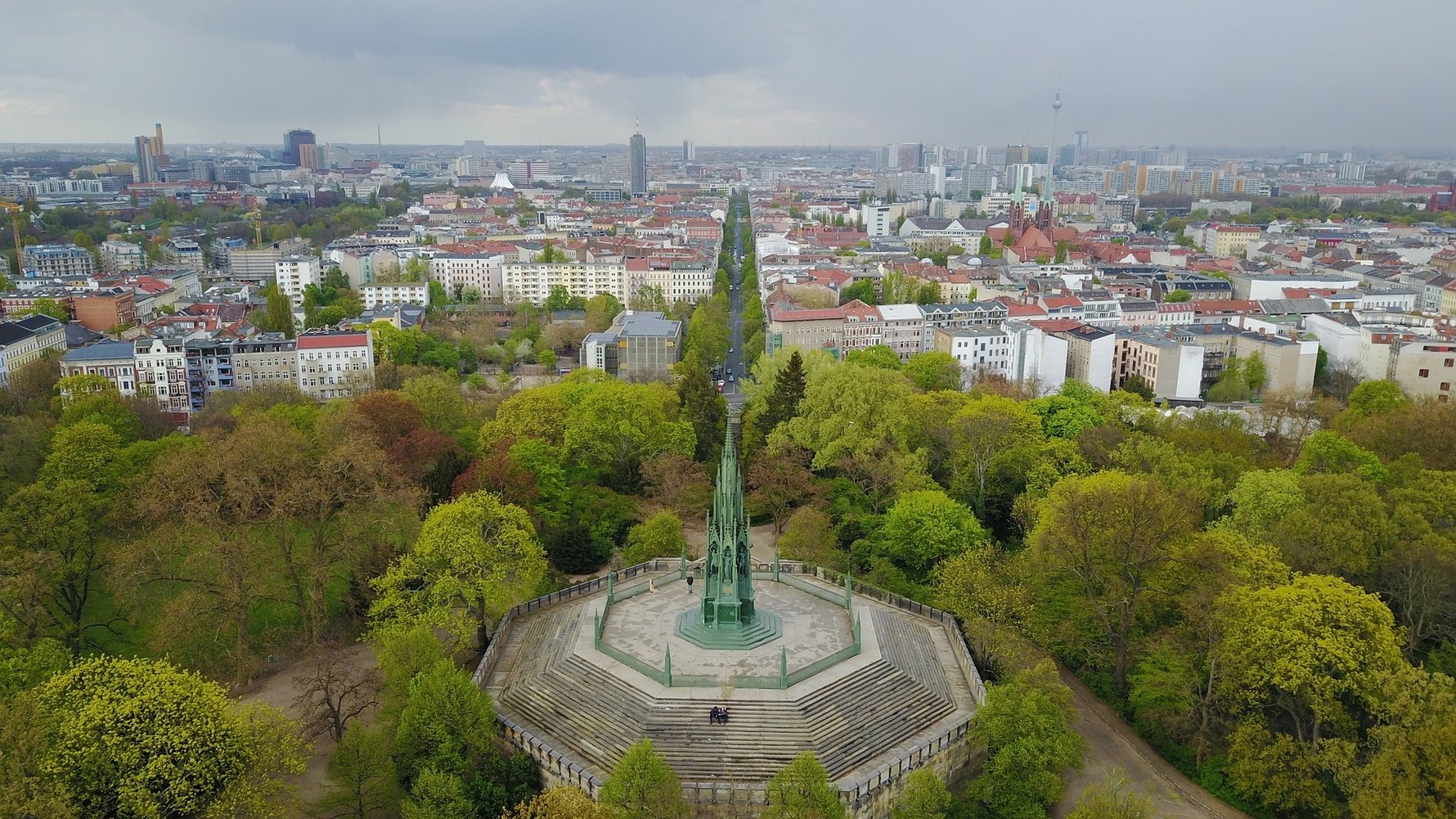
Kreuzberg
Thanks to a large Turkish community and more hippies, anarchists and alternative folks than you can shake a didgeridoo at, Kreuzberg feels neither east nor west. It was the black sheep of West Berlin, literally parked in a dead-end corner by the Wall and left alone to play loud music and draw on the walls. Every year since 1987, Kreuzberg relives its 15 minutes of fame during the May Day traditional political demonstrations, which invariably turn into a long night of stone-throwing and burning cars. Otherwise, Kreuzberg is all about backgammon at the men’s clubs, café-sitting on the Landwehrkanal, and ambling down the popular Oranienstraße and Bergmannstraße drags. Just to the southwest, the upcoming Neukölln district, and especially the area around Reuterstraße nicknamed Kreuzkölln, is increasingly attracting hipsters, artists, artsy boutiques and weird nightlife spots. In summer the Tempelhof airport-turned-park attracts thousands of visitors to its endless horizon.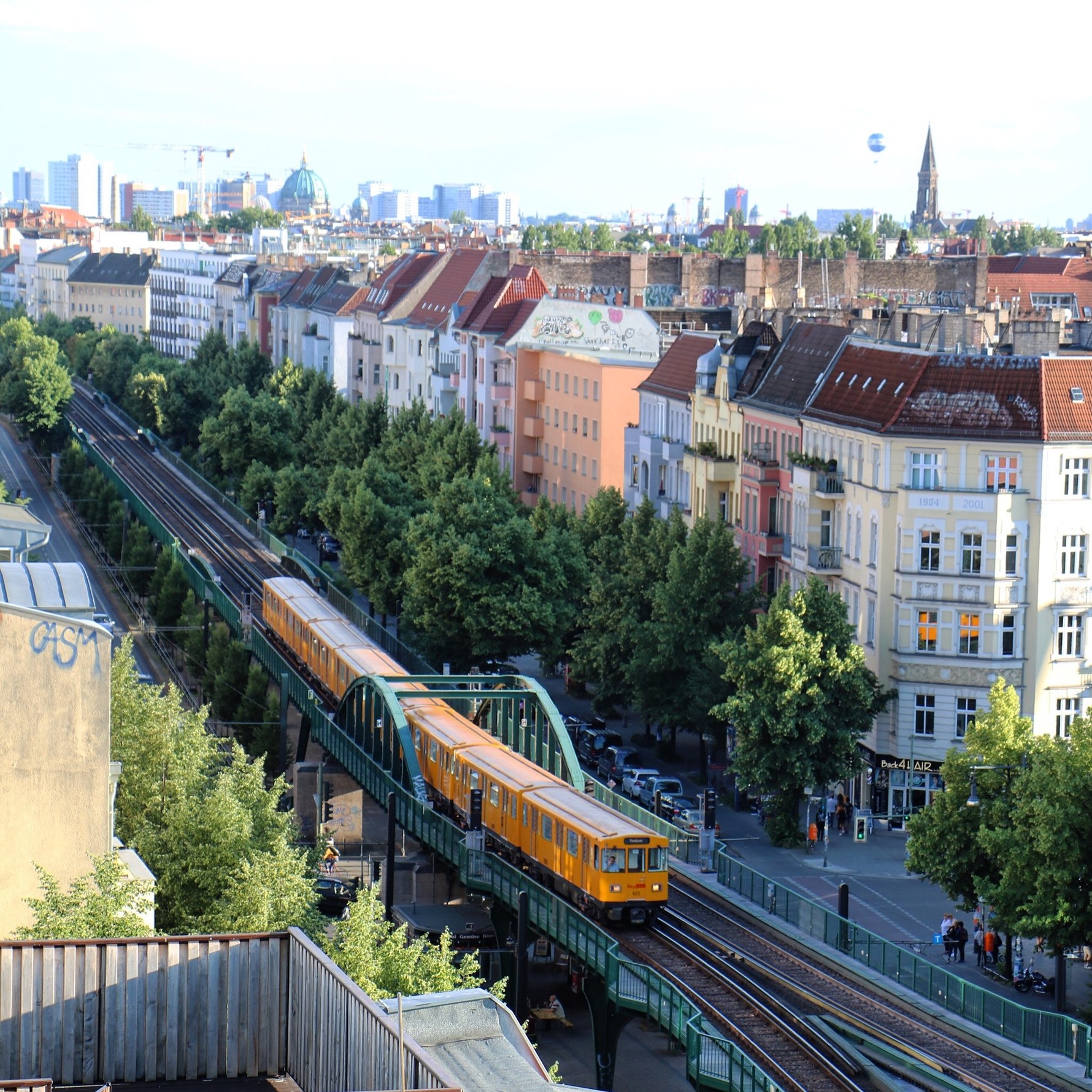
Prenzlauer Berg
On a low hill northeast of Mitte, 'Prenzl' Berg' is an old working-class district in the former East Berlin that came through the war relatively unscathed. After 1989 the cool brigade pounced on the area, and houses that were once home to East German punks were renovated in odes to pastel. The number of wine shops and young parents pushing pricey prams indicates the level of gentrification here. The best places to soak up the atmosphere are Kollwitzplatz, Helmholzplatz and along Kastanienallee. One of Prenzlauer Berg’s best attractions is the Kulturbrauerei culture centre, set in a 19th-century brewery complex.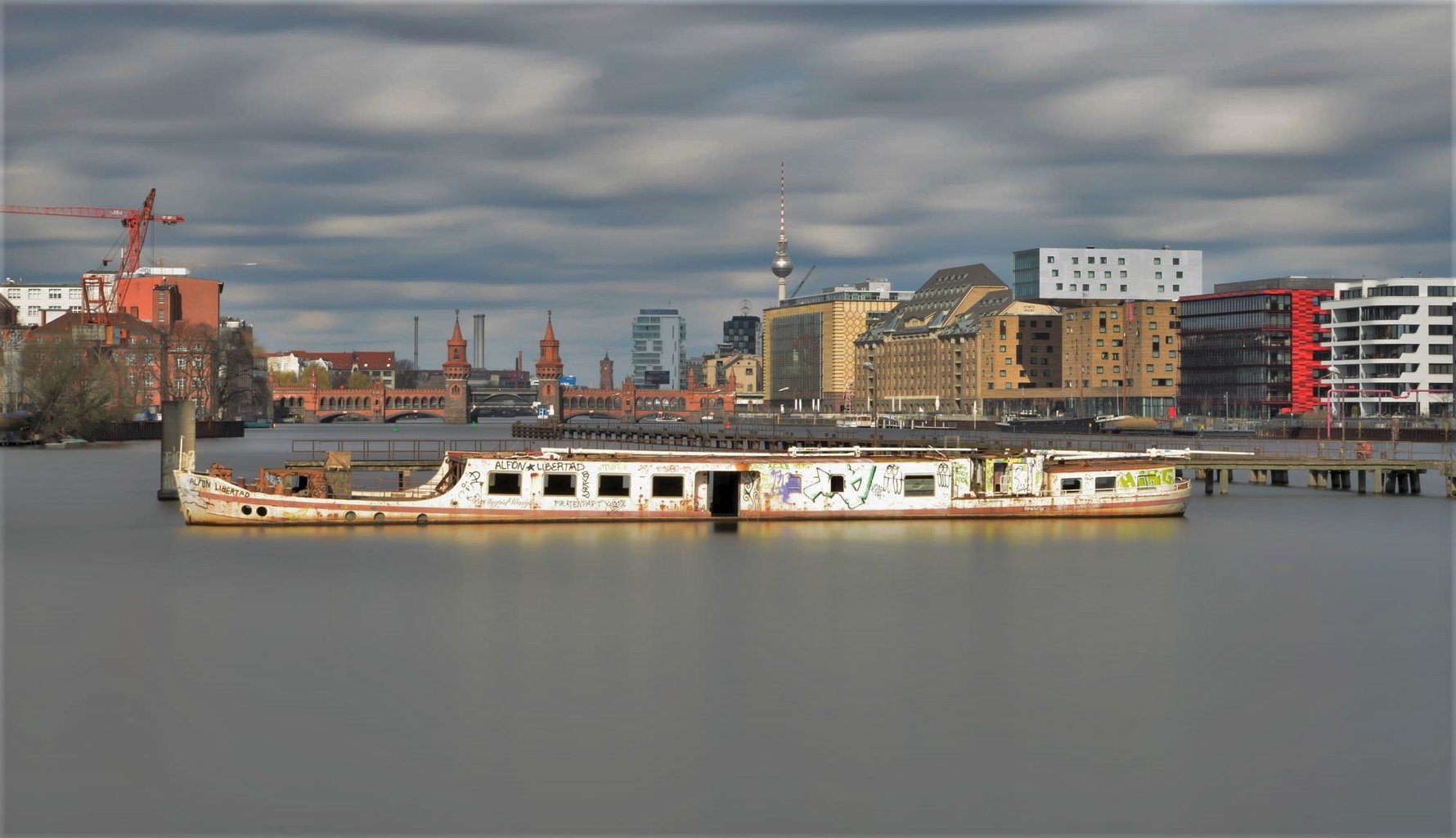
Friedrichshain
Friedrichshain is a lively old workers district that has completely been taken over by rad nightlife venues, graffiti and leftist students moaning about Touri's encroaching on their favourite watering holes. Tree-lined Simon-Dach-Straße is full of cafés and bars, while Boxhagener Platz hosts the popular Sunday fleamarket. In the former border zone along the river, the 'MediaSpree' development plans for offices, apartments and skyscrapers is passionately opposed by many vocal locals who fear they'll lose public access to the river. This chapter also includes suburban sights east of Friedrichshain.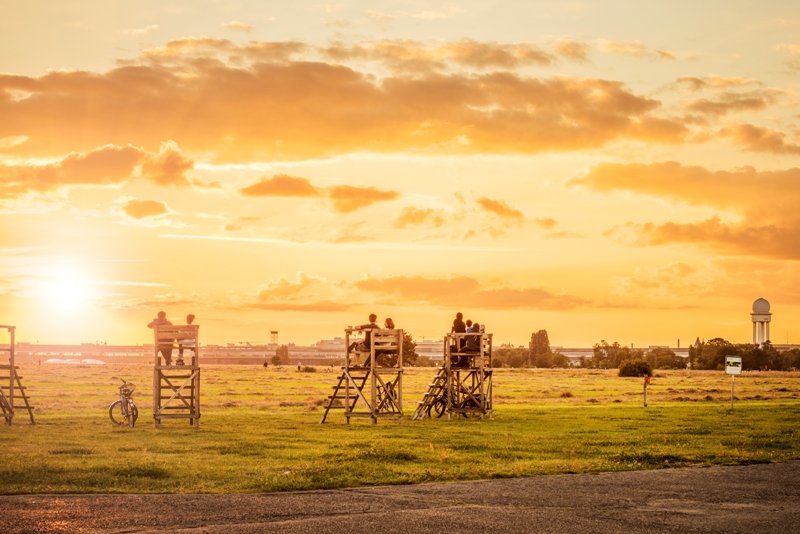
Neukölln
Berlin is home to many wonderful unique districts which often go unexplored by the uninitiated. Every now and then, however, one of these inner-city ortsteil (as they are known in German) gets a chance to shine. Hard as it is to imagine now but Kreuzberg - now as hip and trendy and on-the-beatentrack as they come - was once given a wide berth by visitors to Berlin. The new Kreuzberg, and the latest ortsteil locals really don’t want you to find out about is Neukölln, south of the city centre, particularly the area bordered by Karl Marx Strasse, Flughafenstrasse and Hermanstrasse. Given a new lease of life in recent years by the same artists, students and migrants who once made Kreuzberg famous and diverse (but have now been forced out by fiercely climbing rents), Neukolln so resembles the Kreuzberg of a few years ago that Berliners have given it the nickname Kreuzkolln.In 1737, King Frederick William I of Prussia allowed about 350 Moravian Protestants expelled from Bohemia to settle in the area, by then called Rixdorf. In 1863 a Turkish cemetery was created north of Rixdorf, the successor of a smaller burial ground in Kreuzberg established in 1798 for the Turkish members of the Prussian Army. It contains the remains of the Ottoman ambassador Giritli Ali Aziz Efendi, the exiled Grand Vizier Mehmed Talat and Bahattin Şakir. No wonder Neukölln was one of the first districts of Berlin Turks headed for when many settled in the city in the 1960s.
When both parts of the village were reunited in 1874, the place had a population of 8,000, and soon became the largest village in Prussia. Shortly afterwards it received the status of independent city and became notorious for its taverns and amusement sites. In 1912, in an early attempt at rebranding, the local authorities tried to clean up its reputation by adopting the current name, derived from the Cölln district of medieval Berlin - an attempt that ultimately failed. Even after being incorporated into Greater Berlin in 1920 Neukölln remained infamous for its decadence: the most decadent part of what at the time was perhaps the most decadent city in Europe.
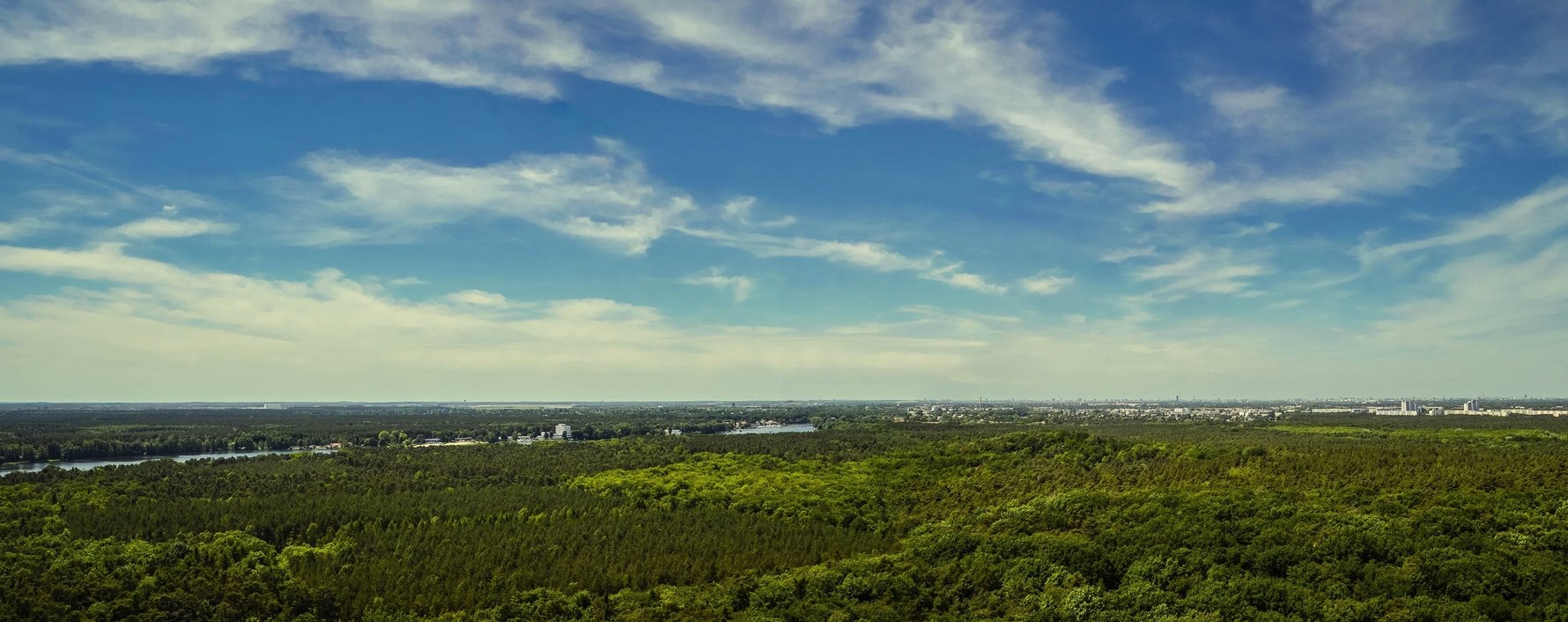





Comments